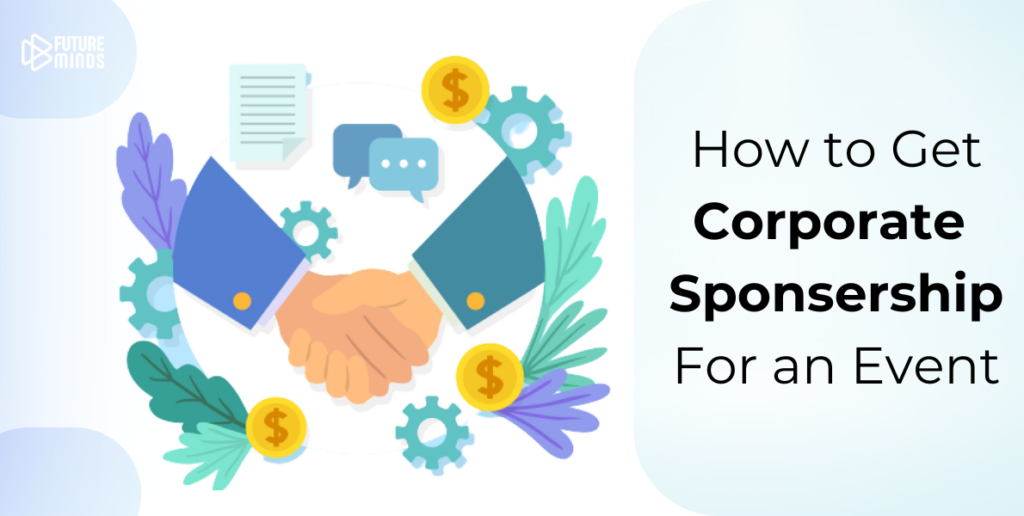Hosting an event? Sponsors can transform your vision into reality. This guide breaks down how to get event sponsorship, even if you’re starting from zero.

Event sponsorship is a powerful way to fund your event while providing sponsors with valuable exposure. If you’re wondering how to get event sponsorship, this guide will walk you through the entire process, from identifying potential sponsors to maintaining strong relationships.
What Is Event Sponsorship?
Event sponsorship involves partnering with businesses or individuals who provide resources (money, products, or services) in exchange for brand exposure. Sponsorships can be:
- Financial: Direct funding.
- In-Kind: Free goods/services (e.g., catering, tech).
- Media: Promotional support (e.g., social media shoutouts).
Sponsors invest to reach your audience, boost brand loyalty, or align with your event’s mission.
Why Sponsors Are Game-Changers
Sponsors don’t just write checks—they offer:
- Budget Relief: Cover venue, marketing, or speaker costs.
- Credibility: Established brands validate your event.
- Audience Growth: Tap into the sponsor’s network.
- Resources: Access to tech, swag, or expertise.
6 Proven Ways to Secure Event Sponsorship
1. Craft Tailored Proposals
Research sponsors’ goals and explain how your event aligns. Example:
A fitness brand may sponsor a marathon to target health-conscious attendees.
2. Offer Tiered Packages
Create flexible options (Gold, Silver, Bronze) with escalating benefits:
- Gold: Keynote speaking slots, logo on all materials.
- Silver: Social media features, booth space.
- Bronze: Logo on event website.
3. Partner for In-Kind Support
Trade exposure for free products/services. A local bakery might cater in exchange for branded signage.
4. Leverage Digital Campaigns
Run a social media contest where sponsors donate prizes in exchange for mentions.
5. Engage Local Businesses
Smaller companies often invest in community events. Pitch to nearby stores or startups.
6. Highlight ROI
Show sponsors the value:
- “Your brand will reach 5,000+ attendees and 20,000 social media followers.”
Building Your Sponsor Hit List
- Research Past Events: Identify who sponsored similar events.
- Align Values: Target brands that share your event’s mission.
- Local vs. National: Local businesses offer quick wins; national brands bring prestige.
- Find Decision-Makers: Use LinkedIn to connect with marketing managers or CSR heads.
How to Contact Sponsors (Without Being Ignored)
-
- Warm Leads First: Ask for referrals from partners or past attendees.
- Cold Email Template:
Subject: Partnership Opportunity for [Event Name]
Hi [Name],
I’m organizing [event], which [briefly describe mission]. Your expertise in [sponsor’s niche] would resonate with our audience of [demographics].
Could we discuss collaboration opportunities?
Best, [Your Name]* - Sponsorship Deck: Include event details, audience stats, and package options.
Final Tips:
- Start early—sponsors need lead time.
- Track results to prove ROI for future partnerships.
Ready to pitch? Use this guide to turn sponsors into event allies!